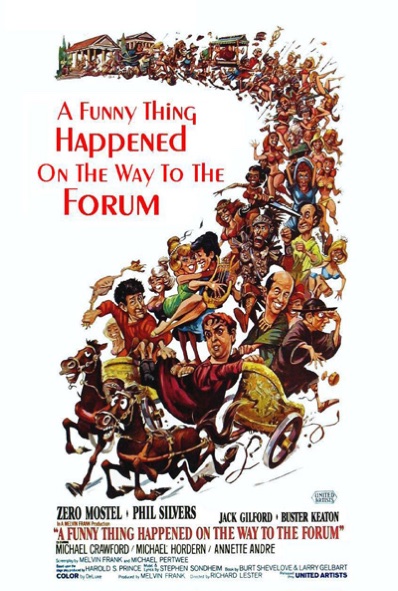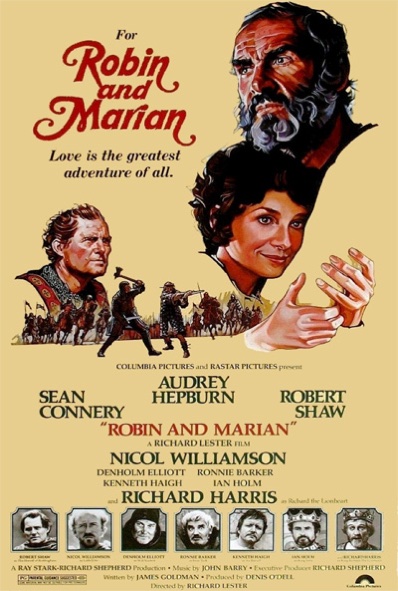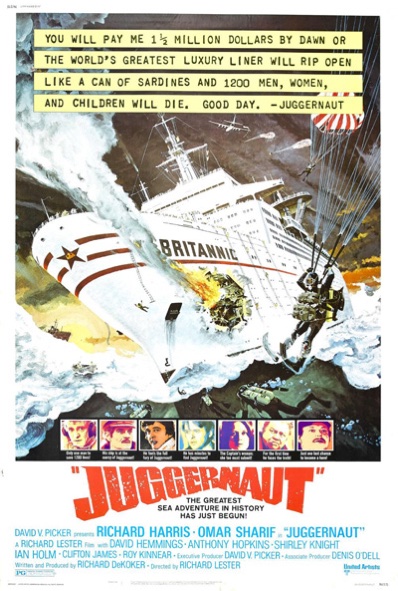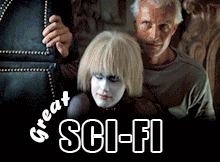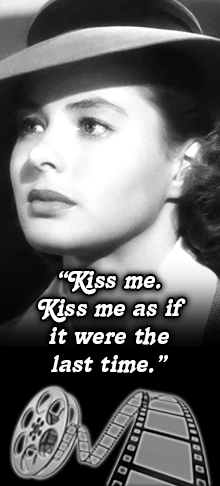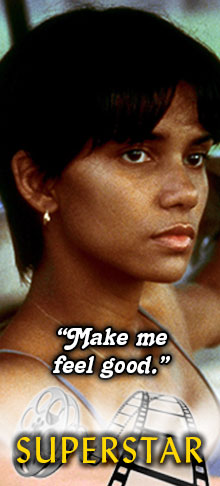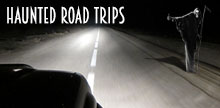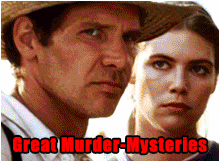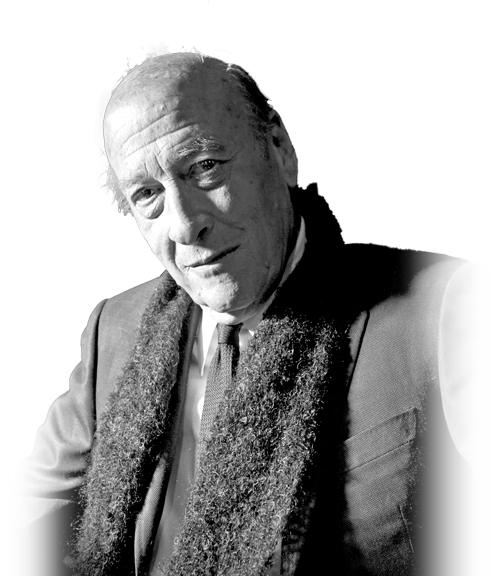
Richard Lester
Best known for his work with The Beatles in the 1960s, and his work on the Superman film series in the 1980s.
Richard Lester was born on January 19, 1932 in Philadelphia, Pennsylvania. A child prodigy, he began studies at the University of Pennsylvania at the age of 15. He started in television in 1950, working as a stage hand, floor manager, assistant director and then director in less than a year, because no one else was around who knew how to do the work. In 1953, Lester moved to London and began work as a director in independent television, working for the legendary low cost TV producers The Danziger Brothers on episodes of Mark Saber, a half-hour detective series.
A variety show he produced caught the eye of Peter Sellers, who enlisted Lester’s help in translating The Goon Show to television as The Idiot Weekly, Price 2d. It was a hit, as were two follow-up shows, A Show Called Fred and Son of Fred. Lester recalls that A Show Called Fred was “broadcast live and that’s why I went into film directing where you can do a second take!”
A short film Lester made with Spike Milligan and Peter Sellers, The Running Jumping & Standing Still Film (1959), was a favorite of The Beatles, and in particular John Lennon. When the band members were contracted to make a film in 1964, they chose Lester from a list of possible directors. A Hard Day’s Night showed an exaggerated and simplified version of The Beatles’ characters, and proved to be an effective marketing tool. Many of its stylistic innovations survive today as the conventions of music videos, in particular the multi-angle filming of a live performance. Lester was sent an award from MTV as “Father of the Music Video.”
Lester directed the second Beatles film Help! in 1965. Between the two Beatles films, Lester directed the first of several quintessential ‘swinging’ films, the sex comedy The Knack …and How to Get It, which won the Palme d’Or at the Cannes Film Festival. Subsequent Lester films from the 1960s included Petulia (also with a score by John Barry), as well as the darkly surreal anti-war movie How I Won the War co-starring John Lennon, which he referred to as an “anti-anti-war movie”; Lester noted that anti-war movies still took the concept of war seriously, contrasting “bad” war crimes with wars fought for “good” causes like the liberation from Nazism or, at that time, Communism, whereas he set out to deconstruct it to show war as fundamentally opposed to humanity. Although set in World War II, the movie is indeed an oblique reference to the Vietnam War and at one point, breaking the fourth wall, references this directly.
In the 1970s, Lester directed a wide variety of films, including the disaster film Juggernaut, Robin and Marian, starring Sean Connery and Audrey Hepburn and the period romance Cuba, also starring Connery. However his biggest commercial successes in this period were The Three Musketeers and its sequel The Four Musketeers. The films were somewhat controversial at the time because the producers, Alexander and Ilya Salkind, decided to split the first film into two after principal photography was completed. Many of the cast principals sued the Salkinds as a result, stating that they were only contracted to make one film.
Production on Superman II began before Superman was completed, and had to be halted to concentrate on getting the first movie completed. After the first Superman film was released in late 1978, the Salkinds went back into production on Superman II without informing Superman director Richard Donner; they placed Lester behind the camera for the completion of the film. Although Donner had shot a majority of what was planned for the film, Lester jettisoned or reshot much of the original footage so that he could claim sole credit for directing Superman II. Gene Hackman, who played Lex Luthor, refused to return for the reshoots, so Lester instead used a stunt double and an impersonator to loop Luthor’s lines onto footage of Hackman shot by Donner. Some of Donner’s original footage was later integrated into television versions of the film. In November 2006, Donner’s footage was reedited into Superman II: The Richard Donner Cut, consisting primarily of his footage with Lester’s footage used only for scenes not shot during Donner’s principal photography.
Lester directed Superman III in 1983. The third Superman film was not as well received as its predecessors, yet was considered a box office success.
In 1984 Lester was awarded the MTV Video Vanguard Award.
In 1988, Lester reunited most of the Three Musketeers cast to film another sequel, The Return of the Musketeers. During filming in Spain, actor Roy Kinnear, a close friend of Lester, died after falling from a horse. Lester finished the film, then unofficially retired from directing, returning only to direct the Paul McCartney concert film in 1991.
In 1993, he presented Hollywood UK, a five-part series on British cinema in the 1960s for the BBC.
In recent years, director Steven Soderbergh has been one of many calling for a reappraisal of Lester’s work and influence. Soderbergh wrote a 1999 book, Getting Away With It, which consists of interviews with Lester.
Richard Lester’s directing credits include…
| Year | Movie |
|---|---|
| 1962 | It’s Trad, Dad! |
| 1963 | The Mouse on the Moon |
| 1964 | A Hard Day’s Night |
| 1965 | The Knack …and How to Get It |
| 1965 | Help! |
| 1966 | A Funny Thing Happened on the Way to the Forum |
| 1967 | How I Won the War |
| 1968 | Petulia |
| 1969 | The Bed-Sitting Room |
| 1973 | The Three Musketeers |
| 1974 | Juggernaut |
| 1974 | The Four Musketeers |
| 1975 | Royal Flash |
| 1976 | Robin and Marian |
| 1976 | The Ritz |
| 1979 | Butch and Sundance: The Early Days |
| 1979 | Cuba |
| 1980 | Superman II |
| 1983 | Superman III |
| 1984 | Finders Keepers |
| 1989 | The Return of the Musketeers |
| 1991 | Get Back |
Memorable Quotes by Richard Lester
“If we can make films that are useful as well as entertaining, marvelous. But cinema must reflect the temper of the times. We must choose material not only on the basis of whether we feel deeply, but on whether or not anyone’s bloody well going to see it.”
“Watching one’s own work is painful. . . . It doesn’t matter what the film is. In a way, films are all little tombstones laid end to end with a bit of filler tape holding them together.”
[on George C. Scott] “Intelligent, constructive, decent, professional. If there was a difference of opinion between us, we worked it out in five or ten minutes.”
[on “Petulia”] “I had a contract which I said I had final cut, total artistic control. Once we signed that, I don’t think anyone really believed it. I think Warner Brothers were rather surprised with what they’d done. They said something like, “Yes, I know we signed it, but we didn’t actually mean it.” Too late.”
[on filming the post-nuclear landscape in “The Bed Sitting Room”] “The really awful thing is that we were able to film most of those things in England without having to fake it. All that garbage is real. A lot of it was filmed behind the Steel Corporation in Wales, and it really is a disgusting area. Endless piles of acid sludge and every tree is dead. And there’s a place in Stoke where they’ve been throwing reject plates since the war and it has become a vast landscape of broken plates.”
“Film-making has become a kind of hysterical pregnancy.”
Things You May Not Know About Richard Lester
He entered a university at 15 years old, and after receiving a degree in clinical psychology, he graduated at 19 years old.
Ironically, he claimed to have never even heard of the Superman character before being hired to work on the films due to comic books not being allowed in his house as a child.
He was interviewed at great length by fellow director Steven Soderbergh for a book, “Getting Away With It”, published in 1999. In it he revealed that Sean Connery had never spoken to him after the box-office failure of Cuba (1979); that he had lost confidence as a director following the death of his friend Roy Kinnear, although he did not believe that any negligence had caused it; and also, surprisingly, that he had never actually enjoyed being a film director, although he did enjoy the editing process.






